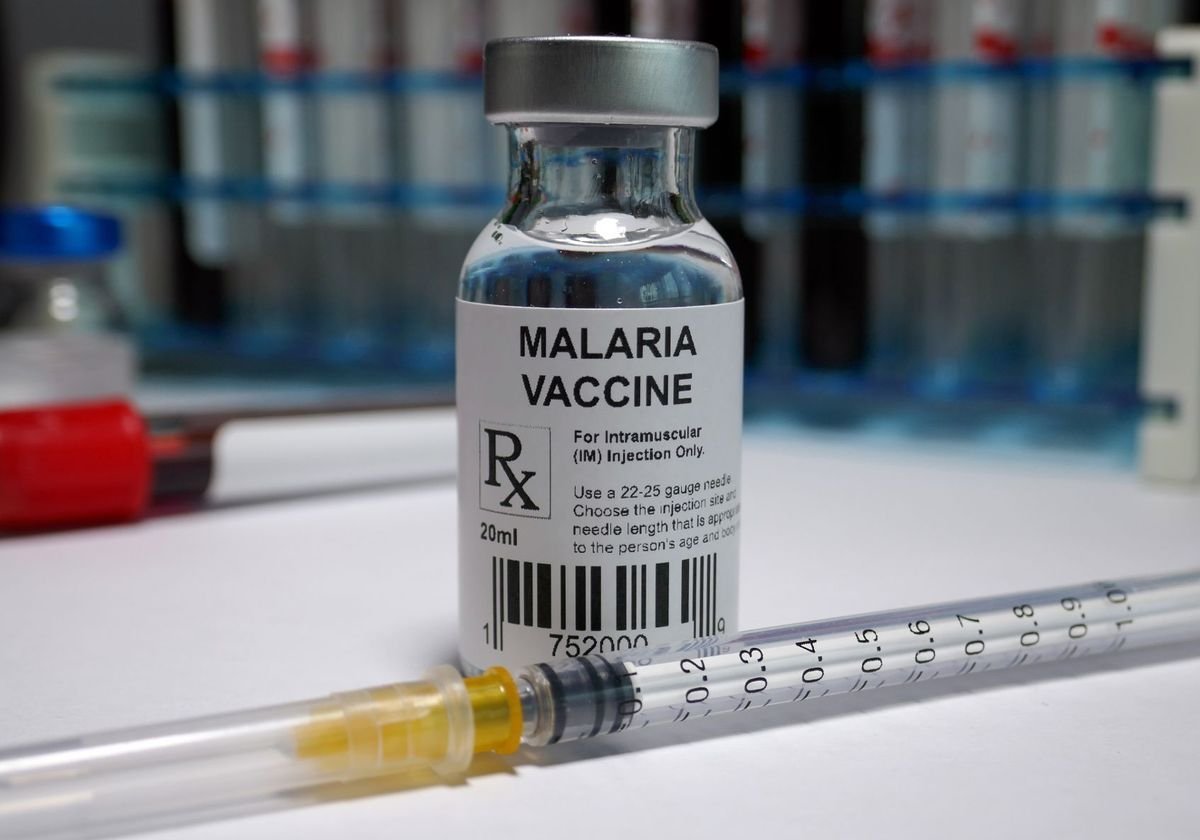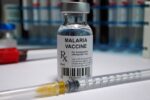World Health Organization (WHO) took a critical step in combating malaria by prequalifying and recommending the R21/Matrix‑M vaccine for children at high risk of malaria. This marks WHO’s second malaria vaccine endorsement, following its earlier approval of the RTS,S vaccine—paving the way for a broader global rollout mesamalaria.org+3reuters.com+3aljazeera.com+3gavi.org+15who.int+15healthpolicy-watch.news+15.
🧬 Why the New Vaccine Matters
The R21/Matrix‑M vaccine, developed by Oxford University and Serum Institute of India, demonstrated impressive ~75% efficacy in Phase III trials, surpassing earlier vaccine standards reuters.com+6time.com+6who.int+6. WHO prequalification means countries can now procure it through Gavi and UNICEF, significantly scaling up immunization efforts en.wikipedia.org+11who.int+11pmnch.who.int+11.
🚢 Scaling Global Distribution
UNICEF’s early shipments—including 43,000 doses to the Central African Republic—and Gavi’s support signal the start of routine immunizations in several African nations digest.tz+13who.int+13gavi.org+13. Meanwhile, RTS,S has already reached 17 countries, touching more than 12 million children and reducing all-cause mortality by 13% in pilot nations dev-cms.who.int+15who.int+15who.int+15.
📈 Coordinated Efforts Save Lives
WHO’s AMVIRA initiative supports African countries in integrating R21 and RTS,S into their immunization programs—covering training, logistics, and community outreach regulatoryrapporteur.org+10dev-cms.who.int+10who.int+10. By mid-2023, 18 million RTS,S doses had been allocated to 12 countries, demonstrating the power of data-driven distribution x.com+15unicef.org+15wired.com+15.
💉 Complement, Not Replace, Other Tools
WHO emphasizes that vaccination should complement bed nets, indoor spraying, and antimalarial drugs—not replace them digest.tz+15who.int+15vox.com+15. R21 offers a cheaper, higher‑efficacy option alongside RTS,S, adding flexibility for national programs healthpolicy-watch.news+15vox.com+15wired.com+15.
🌍 Impact Expectations
- Children benefit most: Both vaccines are approved for infants and young children, the group bearing the heaviest malaria burden. Annual child deaths exceed 400,000—many preventable through vaccination vox.com.
- Global demand surging: Vaccine needs estimated at 40–60 million doses per year by 2026, rising to 80–100 million by 2030, with supply now matching demand thanks to R21’s addition blogs.biomedcentral.com+1pmnch.who.int+1.
- Mortality reduction potential: RTS,S cuts clinical cases by ~30% and severe malaria by ~30%, while R21’s higher efficacy suggests potential to save hundreds of thousands of lives wipo.int.
⚠️ Challenges Ahead
- Funding gaps: Gavi faces a US$2.6 billion shortfall to fully harness R21 and RTS,S impact—critics urge faster and broader rollout backed by donor support x.com+15vox.com+15wired.com+15.
- Multi-dose compliance: Vaccines require three or four doses; maintaining coverage depends on strong primary healthcare frameworks en.wikipedia.org+15wipo.int+15who.int+15.
- Infrastructure demands: Effective rollouts require improvements in cold chain logistics, training, and coordinated campaign strategies in low-resource settings









